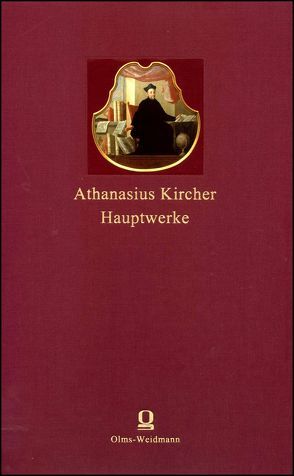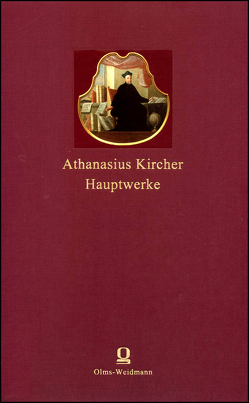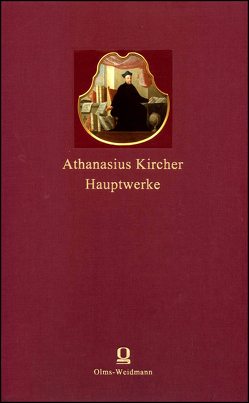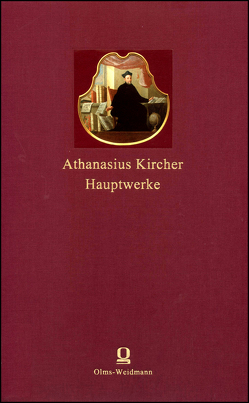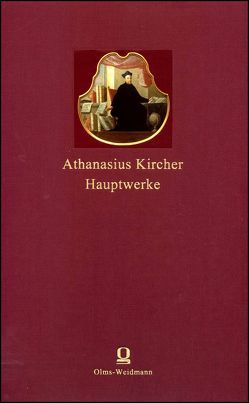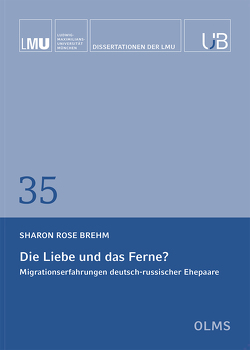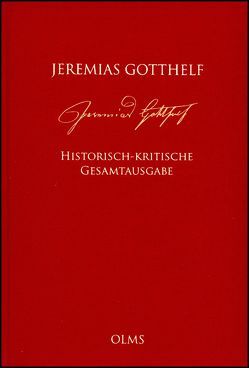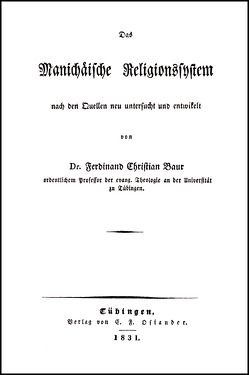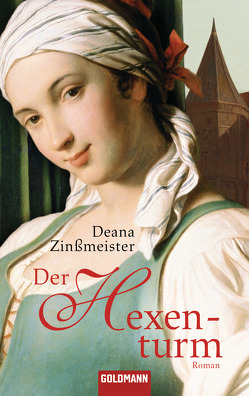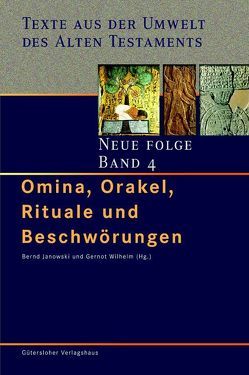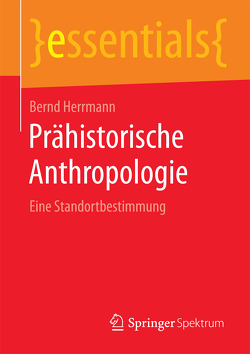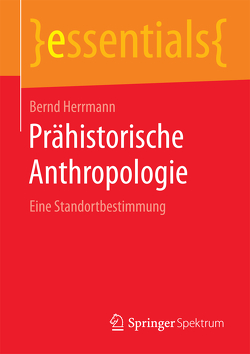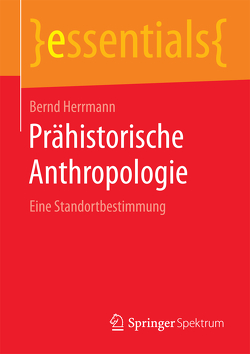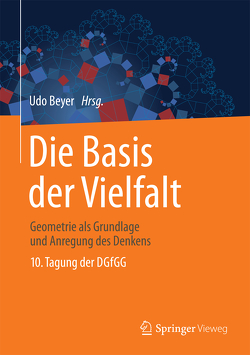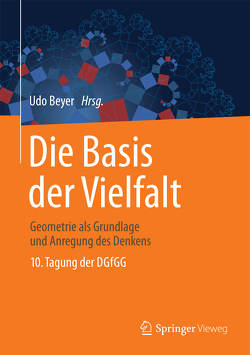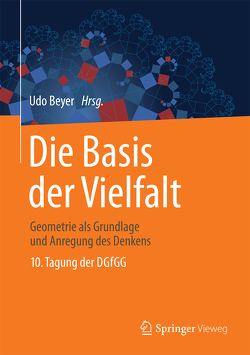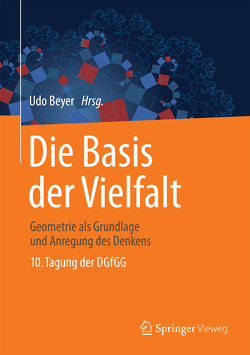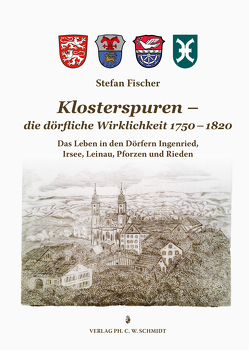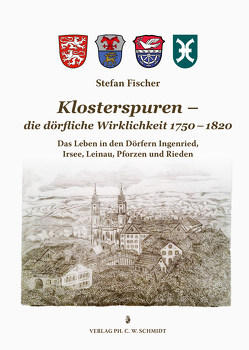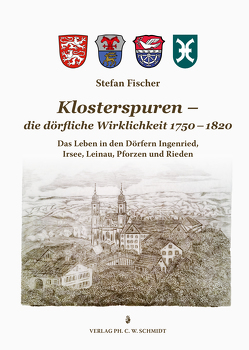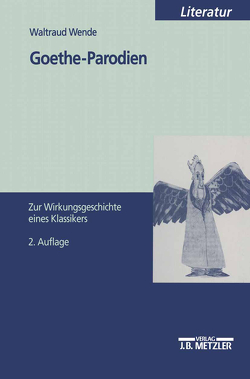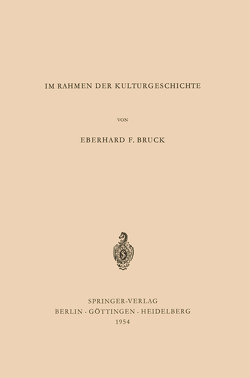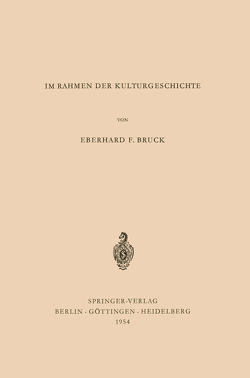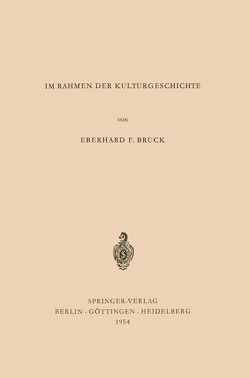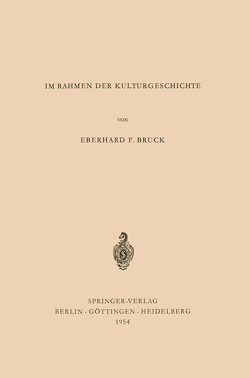Hauptwerke
11 Bände in 19 Bänden. Herausgegeben von Anne Eusterschulte, Olaf Breidbach und Wilhelm Schmidt-Biggemann. Gefördert durch die Gerda Henkel-Stiftung, Düsseldorf.
Athanasius Kircher
Athanasius Kircher ist eine Schlüsselfigur der Wissenschaftsgeschichte und Wissenskultur des 17. Jahrhunderts. Das enzyklopädische Schriftcorpus des barocken Universalgelehrten und Jesuiten dokumentiert nicht nur den Gesamtwissensstand seiner Zeit, sondern repräsentiert ein Modell von Wissensorganisation und -neuordnung, dessen herausragende Bedeutung sich erst erschließt, wenn die Verschränkung von verschiedenen Wissensformen (christliche Offenbarungslehre, pagane Weisheitslehren, Wissenschaftstheorie, praktische Wissenschaft, Kunsttheorie, Altertumskunde) in den Blick genommen wird. Kirchers Systematik einer Universalwissenschaft zeigt, wie Naturgeschichte und Philologie, christliche Eschatologie und Geschichtsphilosophie, vergleichende Sprach- und Kulturgeschichte im Horizont von Orient und Okzident, technisch-experimentelle Forschungsprogrammatik und wissenschaftliche Methodenlehre ineinandergreifen. Paradigmatisch wird hieran offenkundig, daß und wie die Genese der Wissenskultur im 17. Jahrhundert gleichermaßen auf wissenschaftsgeschichtlichen, religionsphilosophischen und kultursoziologischen Voraussetzungen beruht.
Die theologisch-spekulativ begründete, enzyklopädisch angelegte Wissenschaftskonzeption Kirchers findet ihren Niederschlag in einem Werkbestand, der hinsichtlich seiner disziplinenumgreifenden Systematik, seiner Auffächerung von Wissens- und Forschungsfeldern bei gleichzeitigem Detail- und Materialreichtum und nicht zuletzt angesichts der Fülle von textbegleitenden Schautafeln, Diagrammen und kunstvollen Stichen exzeptionell ist. Das Spektrum der in Text und Bild dokumentierten Wissensfelder umfaßt Schriften zur Mathematiktheorie und praktischen Geometrie, zur Astronomie, Geologie und Meteorologie, Tier- bzw. Pflanzenkunde und Medizin, Licht- und Optiktheorie, Musikwissenschaft und Akustik, Archäologie, Kunstgeschichte und Altertumskunde, zur vergleichenden Religionsgeschichte wie zur Kultur- und Sprachentwicklung, zu Landeskunde, Technik und Experiementallehre, zu physikalischen Phänomen (Magnetismus, Kräftelehre) wie zur logischen Theorie und Wissensverwaltung.
Diese Edition der Hauptwerke Kirchers enthält zusätzliche 1.100 Seiten Einleitungen sowie wissenschaftliche Apparate pro Werkausgabe. Im Falle des OEDIPUS AEGYPTIACUS erstreckt sich das Register sogar auf 200 Seiten. Erstmals werden alle Namen und Werke der gelehrten Welt des Barock – von der Rezeption der griechischen, lateinischen, arabischen, jüdischen Tradition bis in die zeitgenössische Moderne der res publica litteraria – aus der Perspektive Kirchers aufgeschlossen. Allein diese Registerteile sind damit vom größten wissenschaftlichen Interesse.
***
Athanasius Kircher is a key figure in the intellectual and cultural history of the 17th century. This baroque scholar and Jesuit’s encyclopaedic body of work not only documents the state of knowledge in his time but also represents a model for the organisation and reshaping of knowledge. The significance of this only becomes clear when the interconnections between different forms of knowledge (the Christian doctrine of revelation, pagan teachings on wisdom, the theory of knowledge, practical science, art theory, the study of the ancient world) are taken into consideration. Kircher’s system of a universal knowledge demonstrates the interaction between how natural history and philology, Christian eschatology and the philosophy of history, comparative linguistic and cultural history between east and west, programmes of technical and experimental research and scholarly research methodology. This makes it paradigmatically clear that the genesis of 17th century intellectual culture is based in equal measure on the premises of academic history, religious philosophy and cultural sociology.
Kircher’s conception of knowledge, with its theological and speculative basis and its encyclopaedic application, finds expression in a body of work which is exceptional in terms of its cross-disciplinary taxonomy, of its coverage of diverse areas of knowledge and research using a wealth of detail and material, and not least of the many tables, diagrams and artistic engravings which accompany the texts. The range of disciplines documented in texts and images includes mathematical theory and applied geometry, astronomy, geology and meteorology, zoology, botany and medicine, the theory of light and of optics, music and acoustics, archaeology, art history and the study of the ancient world, comparative religious history, the development of cultures and languages, technology, experimental theory, physical phenomena (magnetism, mechanics), the theory of logic and the organisation of knowledge.
This edition of Kircher’s major works includes an additional 1,100 pages of introductory material and scholarly apparatus for each work. In the case of OEDIPUS AEGYPTIACUS the index alone stretches to 200 pages. For the first time all names and works from the world of Baroque scholarship – ranging from the reception of Greek, Latin, Arabic and Jewish traditions to the contemporary res publica litteraria – can be explored from Kircher’s perspective. These indexes are of major scholarly interest in themselves.
